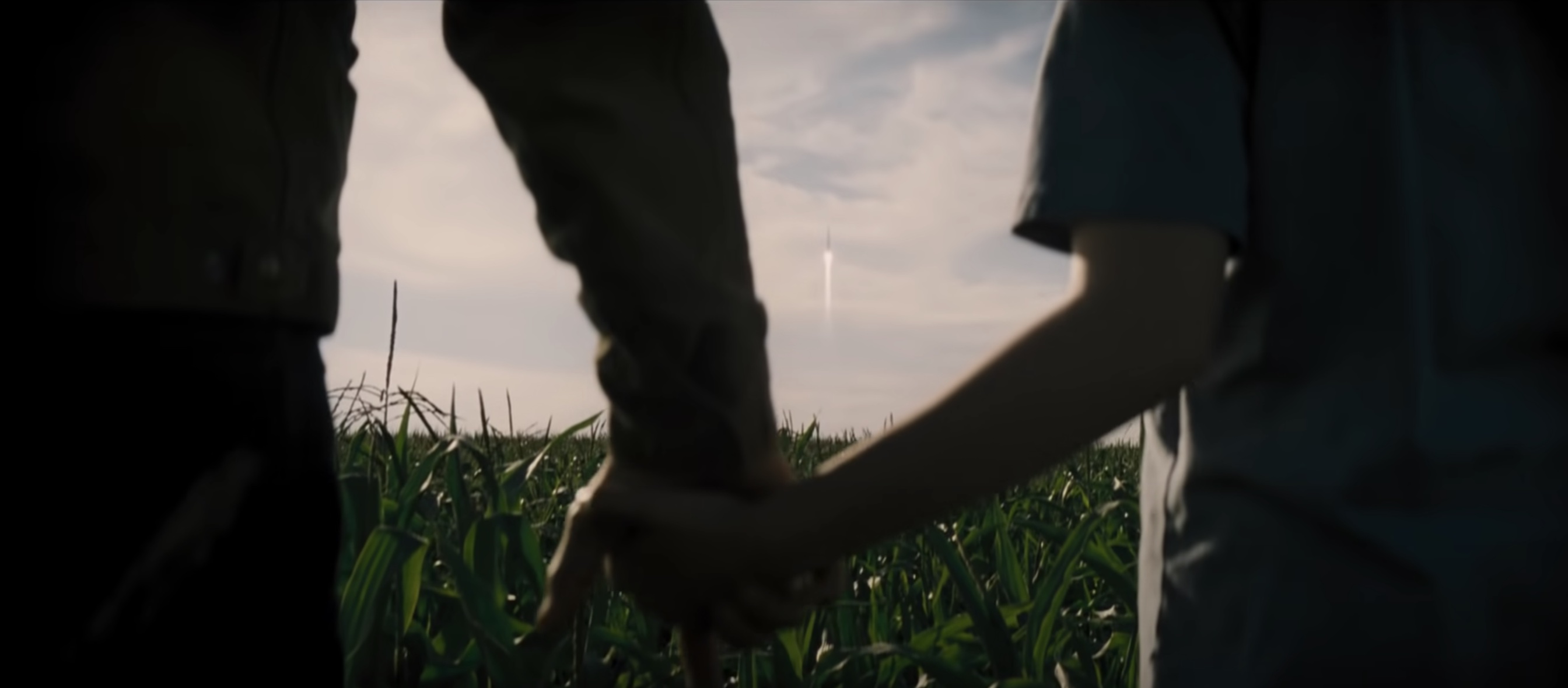l “syncresis”1, in which two (or more) apparently opposed points of view are seen to really be instances of a single more powerful point of view.
examples:
- organizing an event is special bc u get to participate within it AND see the greater picture. im a big fan of cultivating the vibes of something
- photography — u see a person for who they are, as well as who they are within a greater fabric of the world
That’s here. That’s home. That’s us. On it everyone you love, everyone you know, everyone you ever heard of, every human being who ever was, lived out their lives. The aggregate of our joy and suffering, thousands of confident religions, ideologies, and economic doctrines, every hunter and forager, every hero and coward, every creator and destroyer of civilization, every king and peasant, every young couple in love, every mother and father, hopeful child, inventor and explorer, every teacher of morals, every corrupt politician, every “superstar,” every “supreme leader,” every saint and sinner in the history of our species lived there—on a mote of dust suspended in a sunbeam.
But he also repeatedly switches to another point of view, in which humanity is tiny and insignificant. And then he will switch back again to the human level. This repeats multiple times, powerfully juxtaposing two vastly different points of view, points of view in what might seem superficially like strong conflict. The net effect is an expansion of consciousness, as you begin to merge these two types of consciousness.
(I’m conflating “points of view” with “consciousness” in those last paragraphs. I won’t insist on either term. But, very roughly and speculatively, when a powerful point of view is inhabited deeply enough it sometimes becomes a consciousness. And Sagan achieves something close to that. Perhaps the term “consciousness” should be treated aspirationally!)
One of my favorite things is what I call “syncresis”1, in which two (or more) apparently opposed points of view are seen to really be instances of a single more powerful point of view. An example is the neo-Darwinian synthesis. In the early days of evolutionary theory, there were two schools of thought: the Darwinians, who believed in the primacy of evolution by natural selection; and the Mendelians, who believed in the primacy of genetics. It wasn’t until the neo-Darwinian synthesis in the 1920s that it was realized that there was a more powerful point of view in which genetics could be the mechanism underlying evolution. Two points of view which had previously been seen as in opposition or (at the very least) tension were, in fact, special cases of a more powerful point of view.
That’s an intellectual example. In the pale blue dot passage, it seems to me that Sagan is providing not just an intellectual syncresis, but also a syncresis of consciousness, of two remarkably different points of of view. And I wonder with what other “opposed” points of view this may be attempted.
Another example of this kind of syncresis, very nice albeit more commonplace, is this shot from the trailer for the movie Interstellar:

There’s a great comment in Mascelli’s book on cinematography, where he notes:
The audience may be positioned anywhere — instantly to view anything from any angle — at the discretion of the cameraman and film editor. Such is the power of the motion picture! Such is the importance of choosing the right camera angle!
The Interstellar shot uses this idea to great effect, juxtaposing two worlds often thought to be in tension, creating another (much more limited) syncresis of consciousness. You can view the pale blue dot photograph also as an example of this, too, albeit with the additional frisson of knowing the shot is real.
Part of the reason the pale blue dot photo exists is because Sagan was a member of Voyager team. In his account, he was inspired by the famous “Blue Marble” photograph of the Earth, taken by the Apollo 17 astronauts:
on sycncresis in space
